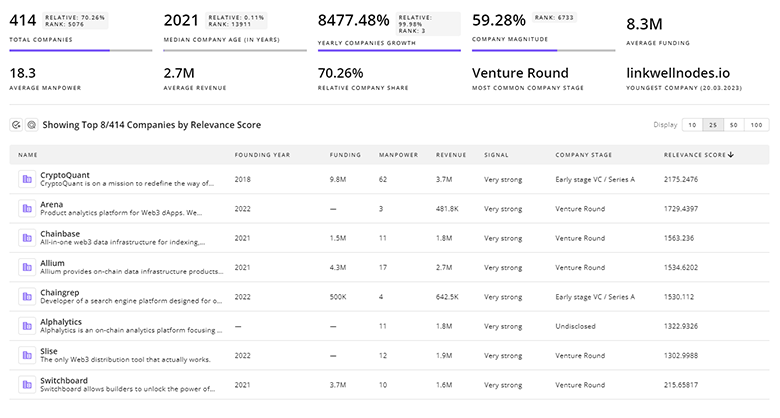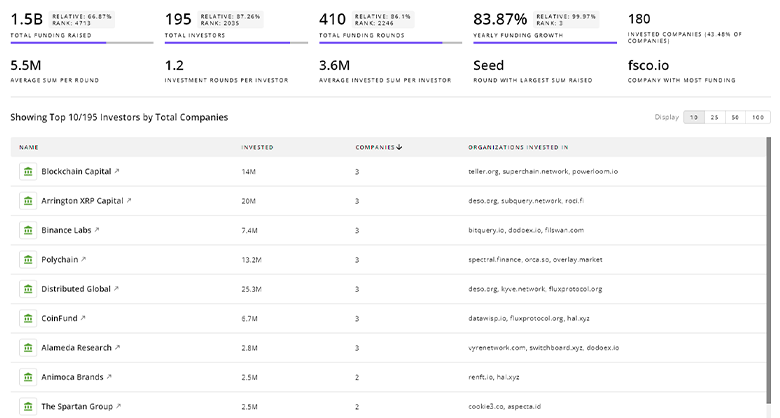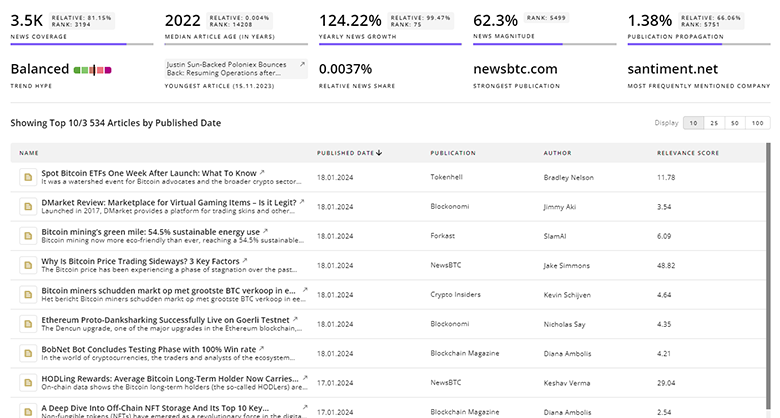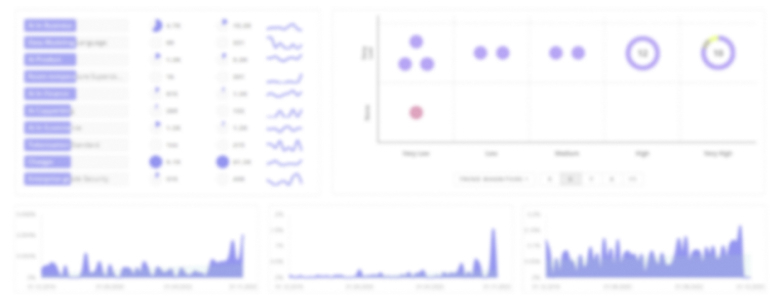
Cloud Kitchen Report
: Analysis on the Market, Trends, and TechnologiesThe cloud kitchen market is sizable and shifting fast: internal data places the 2024 market at US $78.1 billion with a 9.5% CAGR projected forward, and a 2033 projection of US $176.4 billion—a baseline that anchors this analysis and guides strategy choices for operators and investors. The opportunity sits at the intersection of delivery platform expansion, data-driven menu/traffic management and capital-efficient kitchen formats (shared, pod, hub-and-spoke), but competing market forecasts vary materially, so executives must treat headline market numbers as model-dependent (see comparative table below) marketdataforecast – 2025 precedenceresearch.
We updated this report 76 days ago. Noticed something’s off? Let’s make it right together — reach out!
Topic Dominance Index of Cloud Kitchen
The Topic Dominance Index trendline combines the share of voice distributions of Cloud Kitchen from 3 data sources: published articles, founded companies, and global search
Key Activities and Applications
- Delivery-only brand deployment — operate multiple virtual brands from one site to maximize throughput per labor hour; this model enables fast market tests and menu A/B experiments that scale without front-of-house overheads.
- Shared and host-kitchen marketplaces — list and rent underutilized kitchen time or full workspaces to multiple operators, improving asset utilization and lowering entry cost for entrepreneurs
- Order aggregation and unified fulfillment stacks — consolidate orders from apps into a single kitchen display and routing system to cut mistakes and reduce ticket cycle times, a core operational control for delivery-first units KitchenHub.
- AI-driven demand forecasting and inventory orchestration — predictive models align purchasing with short-horizon demand, reducing spoilage and working capital tied to ingredients researchandmarkets - 2025.
- Kitchen automation and robotics for repeatable tasks — automate repetitive cooking or assembly steps to shrink labor exposure and increase throughput consistency where unit economics justify capital Aniai Chef Robotics.
- Sustainability and packaging optimization — optimize materials and sourcing to lower environmental footprint and appeal to eco-sensitive segments while complying with tightening regional regulations
Emergent Trends and Core Insights
- Platform consolidation pressure — marketplaces that combine real estate, kitchen operating systems, and demand analytics will capture more margin and control customer acquisition economics; brand operators face a choice: join a platform or invest meaningfully in their direct ordering stack.
So what: operators that fail to integrate with, or differentiate from, these platform services will remain price-sensitive and margin-constrained. - Multi-brand economics (house-of-brands) — single kitchens hosting multiple virtual menus lift utilization and amortize fixed costs; success depends on menu engineering that avoids operational conflict and cross-brand cannibalization.
So what: product teams must design menus by shared process flows (e.g. same fry station) to avoid throughput bottlenecks. - Automation adoption where labor cost or scarcity bite — robotics and vision systems reduce variability and training load and can cut labor cost per meal materially where volumes justify capex.
So what: operators in high-wage markets should model mid-term ROI for automation to defend unit economics. - Software stack commoditization but data moat formation — order management, staffing, inventory, CRM and analytics are becoming standardized SaaS layers; the durable competitive advantage will be proprietary demand/brand performance datasets and localized routing optimizations.
So what: invest early in clean telemetry and experiment protocols so you can iterate brands faster than competitors. - Regional divergence in growth and format choice — APAC remains the largest and fastest adoption region driven by urban density and delivery culture, while MEA and parts of Latin America show rapid expansion often enabled by franchising and aggregator partnerships.
So what: market entry must be regionally tailored (format, price tier, platform partnerships).
Technologies and Methodologies
- AI demand forecasting and dynamic menu optimization — integrates order histories, weather, local events and promotions to adjust SKUs, prep levels and limited-time offers.
- Kitchen computer vision and real-time assistance — camera + analytics systems to catch errors and speed training; these systems reduce rejects and onboarding time for staff.
- Robotics for repeatable cook/assembly stations — modular robots or automated grills for defined menu items reduce variability and support high throughput.
- IoT sensor networks for safety and compliance — temperature, humidity and equipment telemetry support HACCP and enable remote audits Sunshine Energy Techology.
- Cloud-native order + fulfillment orchestration — unified OMS/POS that ingests aggregator feeds, prioritizes batches and sequences prep tasks for minimal make-time.
- Microformat kitchens (pods) and hub-and-spoke logistics — kitchen pods and micro-hubs reduce last-mile distance while allowing rapid, low-capex deployment in dense urban pockets.
Cloud Kitchen Funding
A total of 214 Cloud Kitchen companies have received funding.
Overall, Cloud Kitchen companies have raised $13.6B.
Companies within the Cloud Kitchen domain have secured capital from 855 funding rounds.
The chart shows the funding trendline of Cloud Kitchen companies over the last 5 years
Cloud Kitchen Companies
- AirKitchenz AI — AirKitchenz operates a marketplace that monetizes restaurant downtime by renting kitchen hours to entrepreneurs and integrates AI tools for menu design and market entry. The platform lowers entry friction and helps hosts convert idle capacity into revenue while providing fast-to-market capabilities for virtual brands
- Kitch & Co. (KitchMarket) — KitchMarket is a MENA-focused online marketplace that lists fully equipped commercial kitchens for booking and offers value-added services to help operators compare options and scale regionally; it targets sustainable utilization of existing infrastructure and supports local entrepreneurs
- Eateryum — Eateryum is a regional multi-brand operator and BAAS (Brand-As-A-Service) provider active across multiple countries, focusing on partnering with host restaurants and franchising virtual brands; it emphasizes brand incubation and rapid rollout for emerging markets
- The Food Corridor — The Food Corridor delivers software and a directory service tailored to shared-use and commissary kitchens, streamlining scheduling, billing and community management for operators and improving utilization through an operator-centric SaaS approach
(Each company paragraph cites its company record)
Gain a better understanding of 946 companies that drive Cloud Kitchen, how mature and well-funded these companies are.

946 Cloud Kitchen Companies
Discover Cloud Kitchen Companies, their Funding, Manpower, Revenues, Stages, and much more
Cloud Kitchen Investors
Gain insights into 1.3K Cloud Kitchen investors and investment deals. TrendFeedr’s investors tool presents an overview of investment trends and activities, helping create better investment strategies and partnerships.

1.3K Cloud Kitchen Investors
Discover Cloud Kitchen Investors, Funding Rounds, Invested Amounts, and Funding Growth
Cloud Kitchen News
Gain a competitive advantage with access to 1.5K Cloud Kitchen articles with TrendFeedr's News feature. The tool offers an extensive database of articles covering recent trends and past events in Cloud Kitchen. This enables innovators and market leaders to make well-informed fact-based decisions.

1.5K Cloud Kitchen News Articles
Discover Latest Cloud Kitchen Articles, News Magnitude, Publication Propagation, Yearly Growth, and Strongest Publications
Executive Summary
The cloud kitchen sector offers a durable growth pathway built on lowered capital entry, platform aggregation of demand, and technology that tightens unit economics. Strategy choices fall into three pragmatic plays: (1) platform integration and scale — capture demand and data to protect margin; (2) operational specialization — own a narrowly focused capability (automation, sustainability, marketplace) that becomes a required plug-in for operators; or (3) asset-efficient hosting — run flexible shared kitchens that monetize idle time and accelerate regional rollouts. Given the range of market forecasts, prudent investors should prioritize near-term cashflow improvement levers (utilization, commission sensitivity, and menu engineering) and stage technology investments where a clear ROI exists at expected volumes.
We seek partnerships with industry experts to deliver actionable insights into trends and tech. Interested? Let us know!












